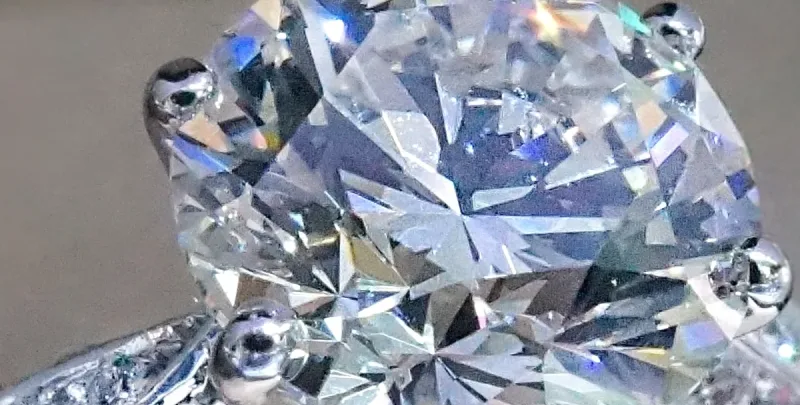While most gemstones can be identified by their colour, fine opals are characterised by their fluid, kaleidoscopic brilliance. The transient nature of an opal’s hue is partly the reason why the gemstone has attracted so much mythology throughout history.
Given that almost 95% of the world’s opals are mined in Australia, it is unsurprising that the Aborigines found a place for the opal in their folklore. Tribes from the Andamooka region hold that their creator arrived on Earth on a giant rainbow. Once the rainbow made contact with the Earth, the rock at its foot glistened with every imaginable colour. Thus, the world was given opal.
The popularity of opal certainly has been enduring, with European appetite for the stone going back to at least the first century AD. For Pliny, the Roman historian, describing opals was a “matter of inexpressible difficulty.” This was due to the fact that, amongst them, there is the “gentle fire of the ruby, there is the rich purple of amethyst, there is the sea green of the emerald, all shining together in an indescribable union. Others, by an excessive heightening of their hues equal all the colours of the painter, others the flame of burning brimstone, or of a fire quickened by oil.”
Opal’s modern spirit
Opal is the stone of inspiration, originality and creativity. This association probably comes from the transient nature of an opal’s appearance, along with its encapsulation of all the colours of other gemstones. Due to the high water content of opal, the stone is said to enhance the ability of a person to flow with events, and as such, wearing the stone enables one to better deal with change, or to overcome and gain from adversity.
In fact, the diversity of the stone’s colour and hue is reflected in the diversity of effects the stone is meant to elicit; serenity, good luck as well as bad, love, good health, mental wellbeing, protection from nightmares, hope, inner peace and the lowering of inhibitions to name just a few. To those who choose their gemstones for their more supernatural merits, the opal truly is the stone for everyone.
Pushing the boundaries – future trends to explore
One of the trends to watch out for in the next year will be an adoption of futuristic aesthetics, as identified by Swarovski in its GemVisions 2015 projection. Themes of futurism, space travel and technology will be central to the trend, and stones such as opal, lapis lazuli, Grey Diamond and Black Spinel will be key. Swarovski suggests that unorthodox material combinations will become more common, with the gradual inclusion of irregular shapes inspired by stellar objects, and more metallic materials and hues.
With such an unusual and striking trend due to emerge next year, it is likely that many people will find themselves increasingly interested in quality pieces of jewellery, possibly for the first time in their lives. It is a good bet that many of those people will have never given jewellery insurance much consideration, and as such, many people indulging in high quality pieces for the first time will be unprotected from the risk of loss, theft or damage.
It is vital that any valuable jewellery is properly protected with comprehensive and targeted insurance. By consulting expert jewellery insurers, you can rest assured that your new-found love of jewellery does not end in loss or misfortune.


























